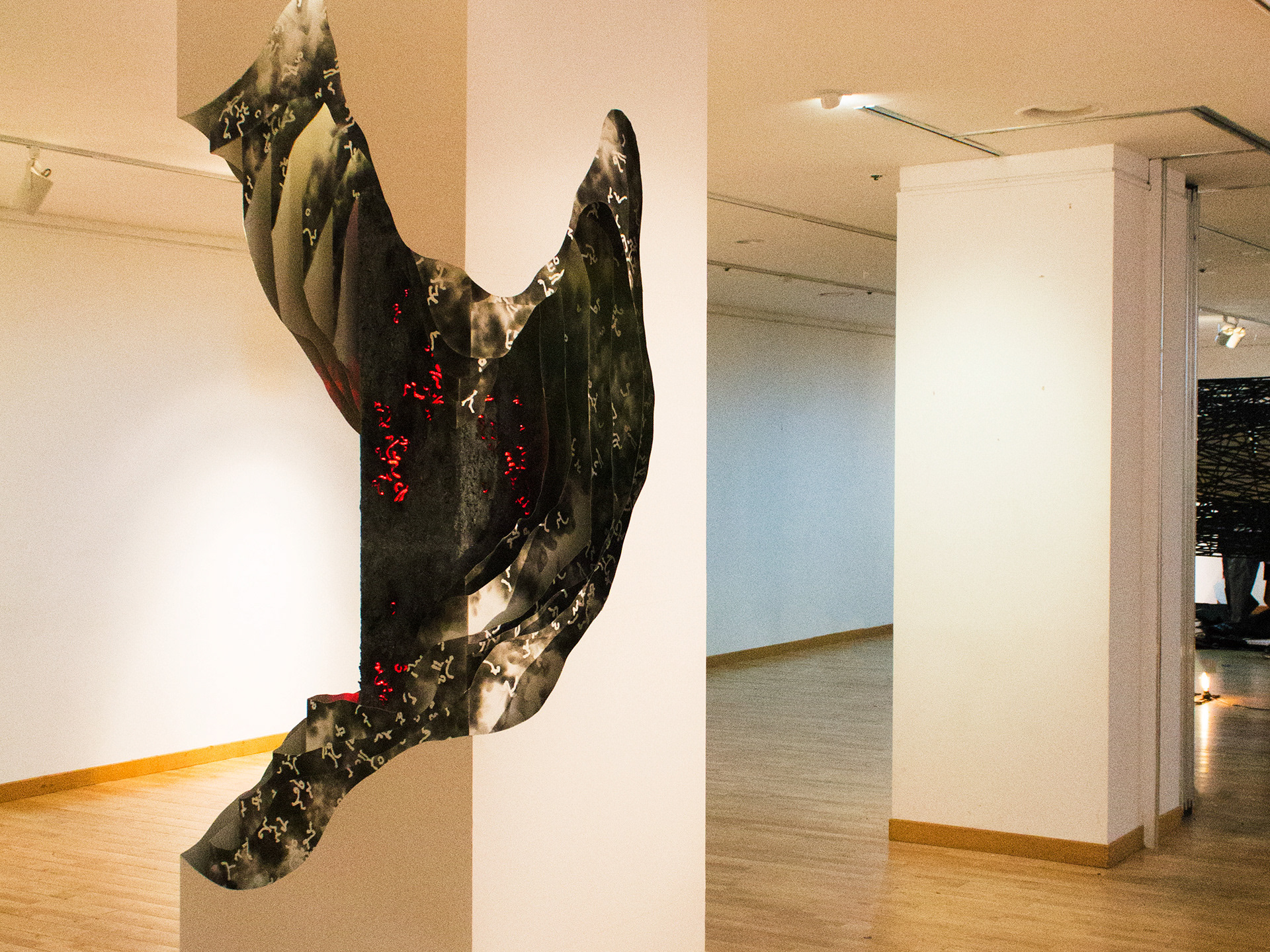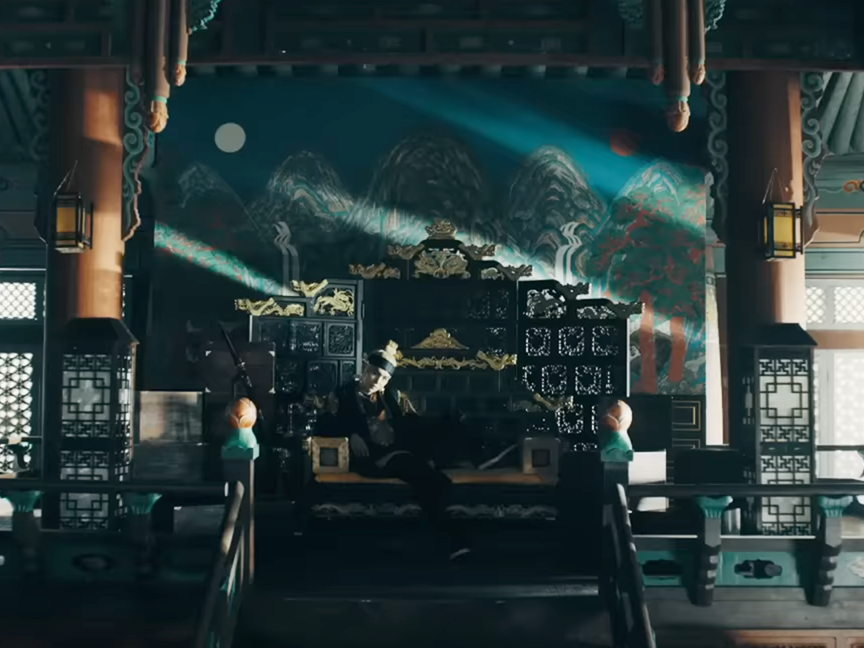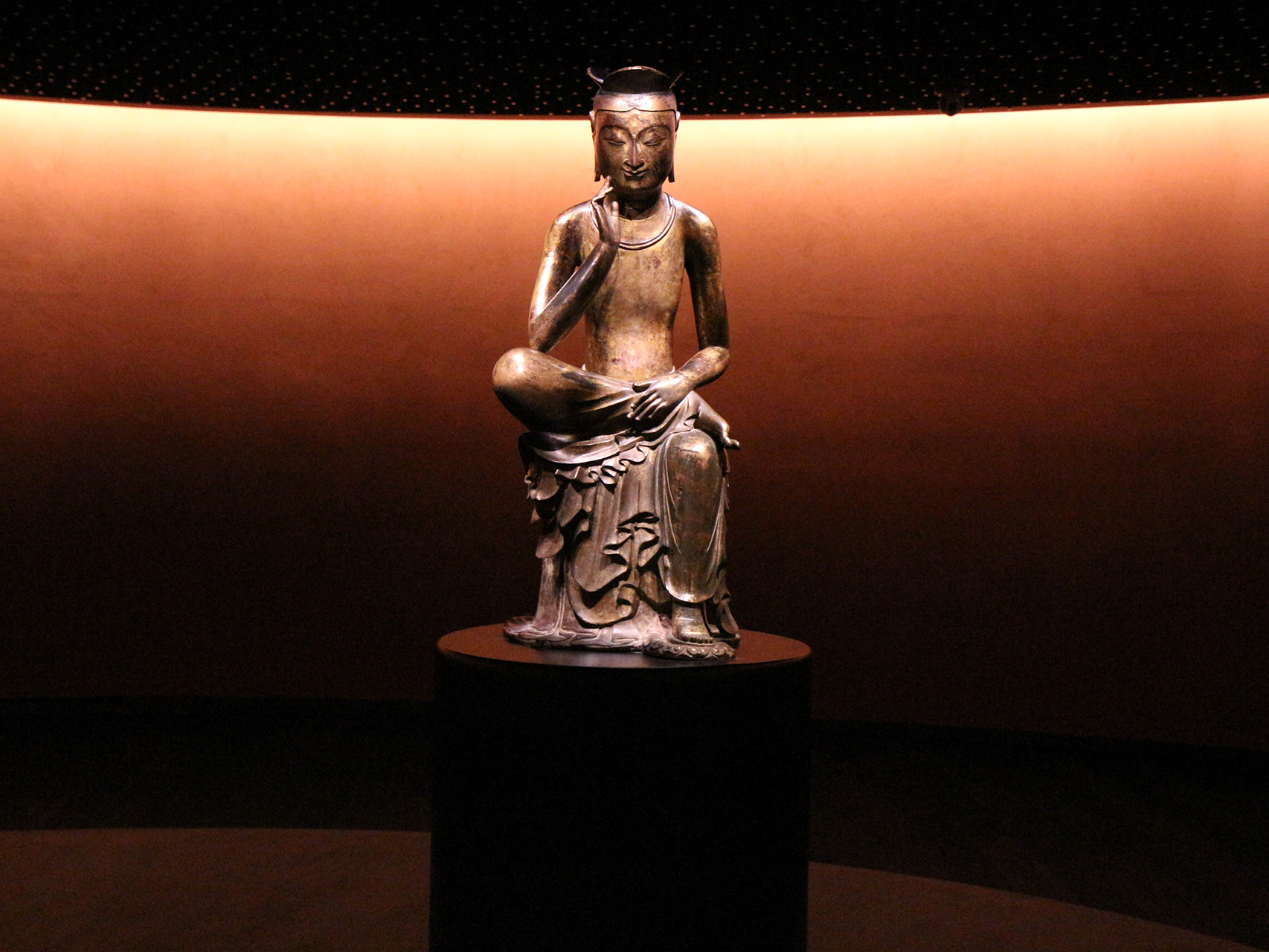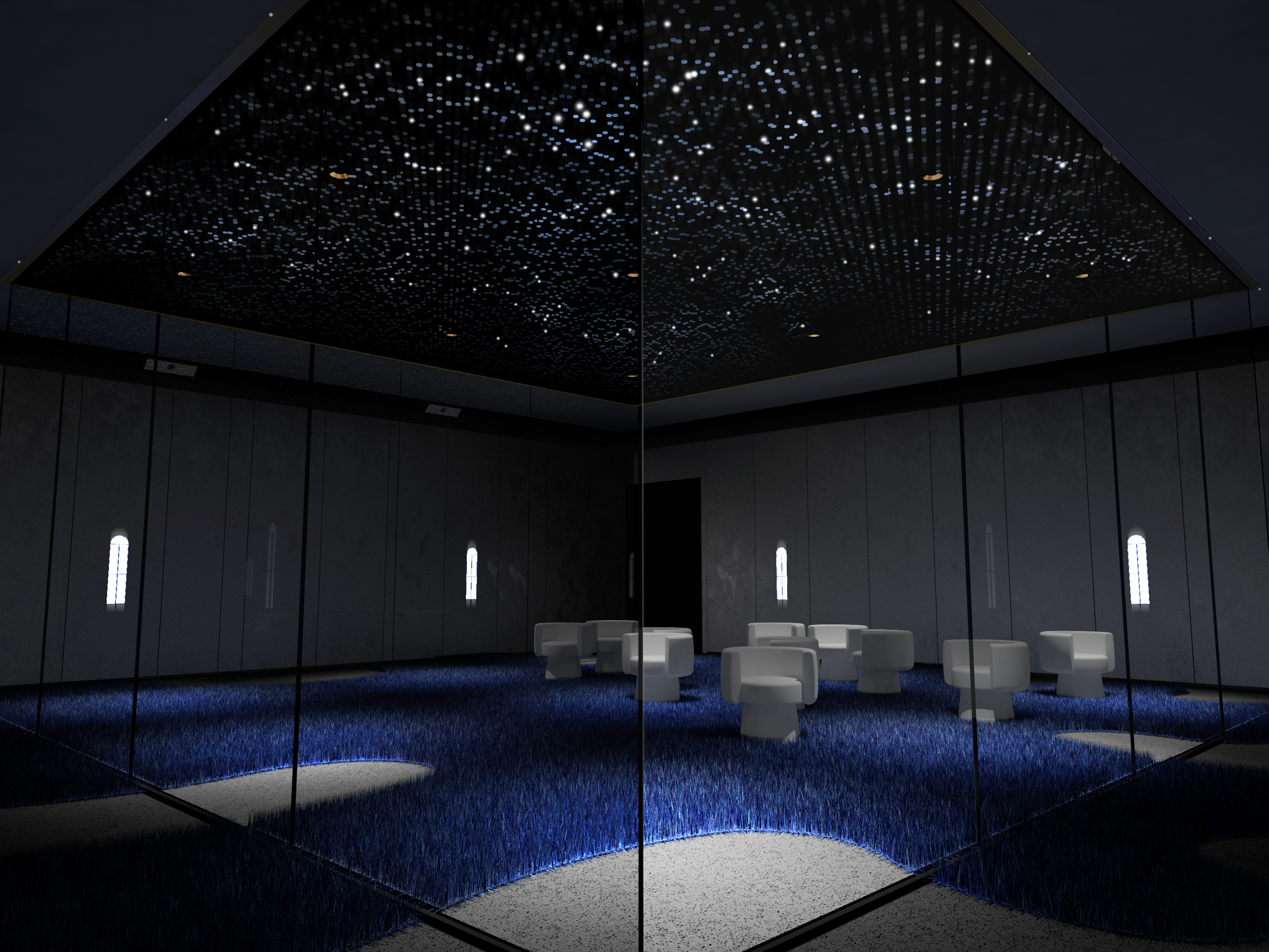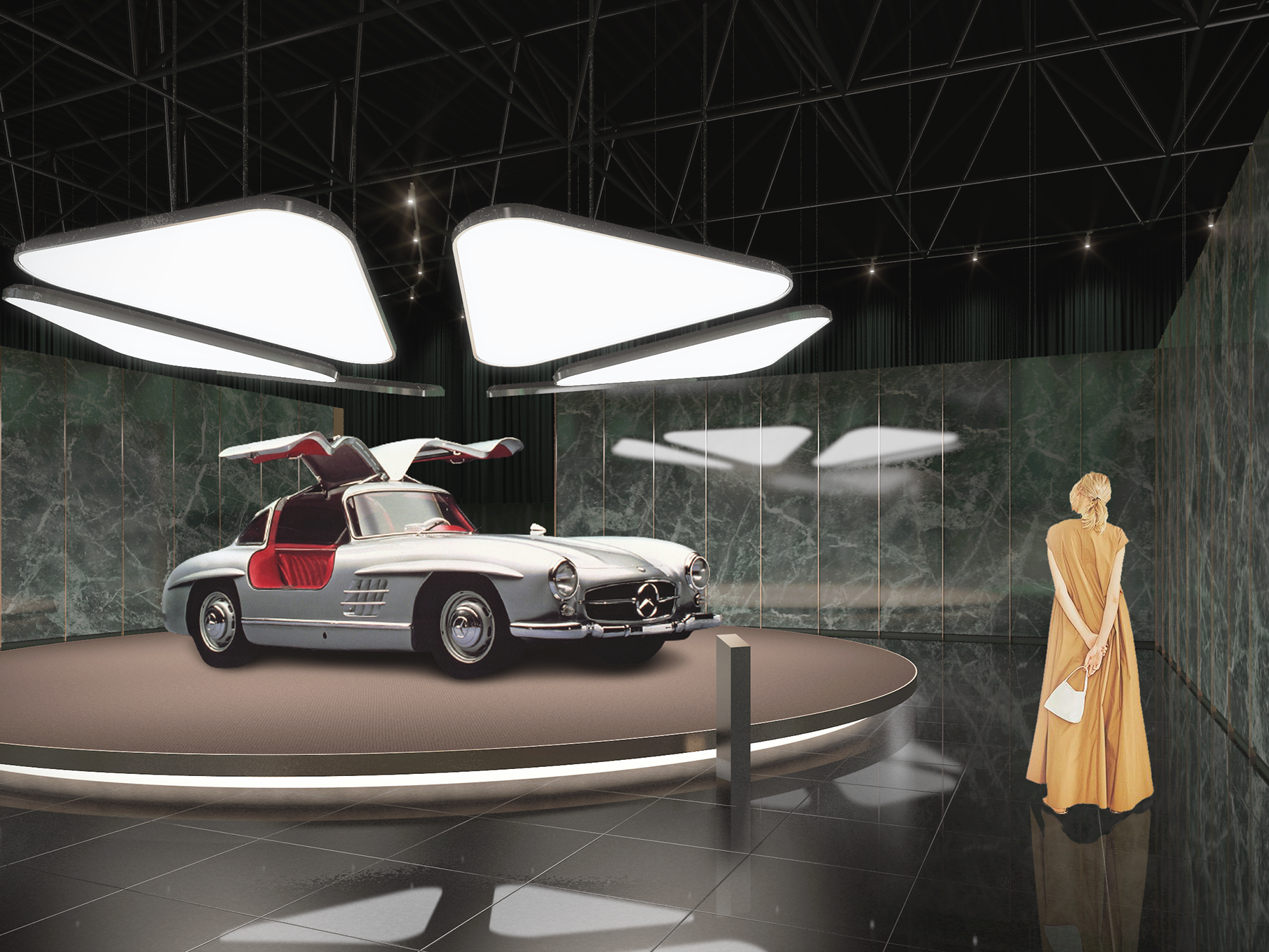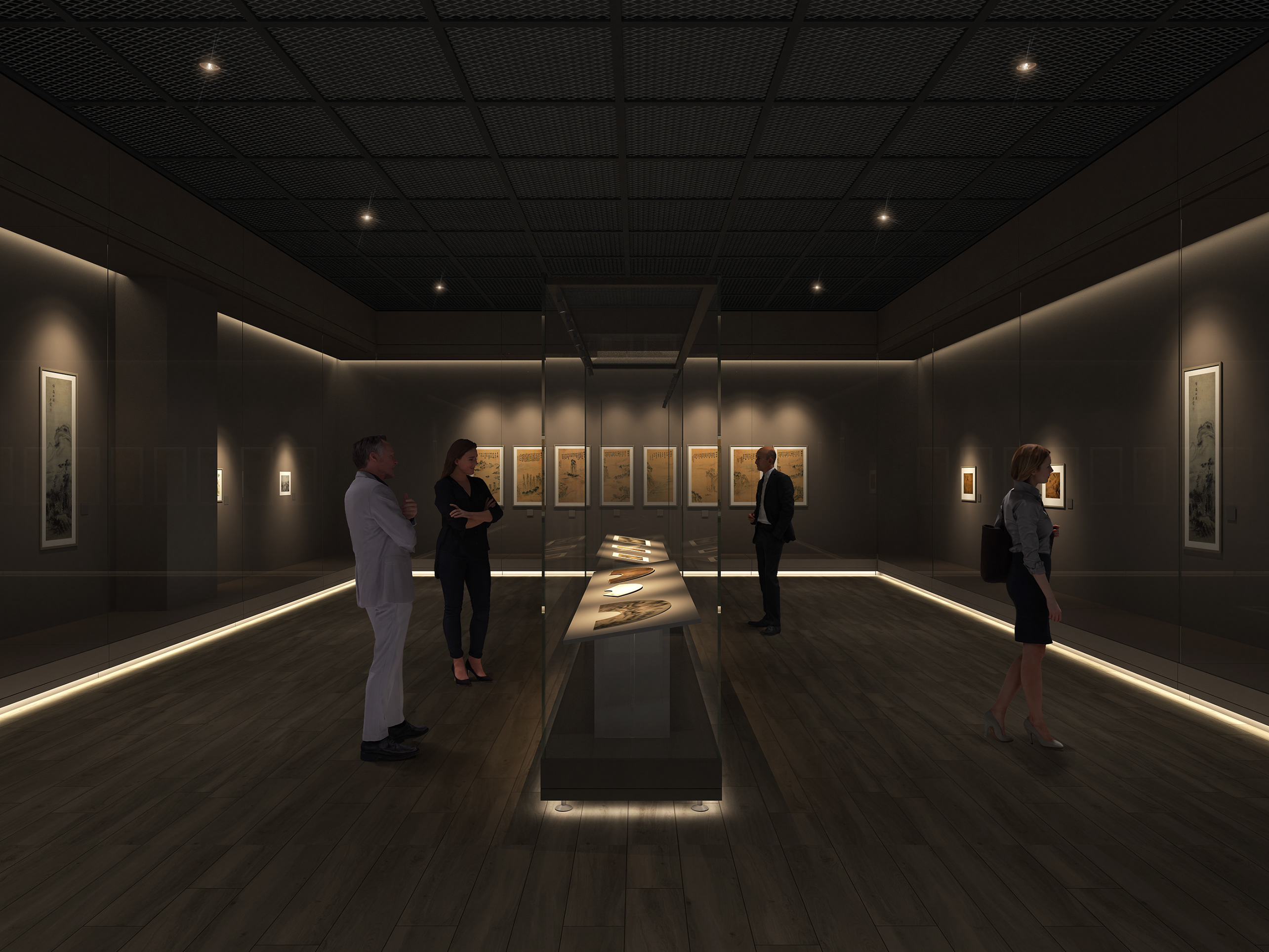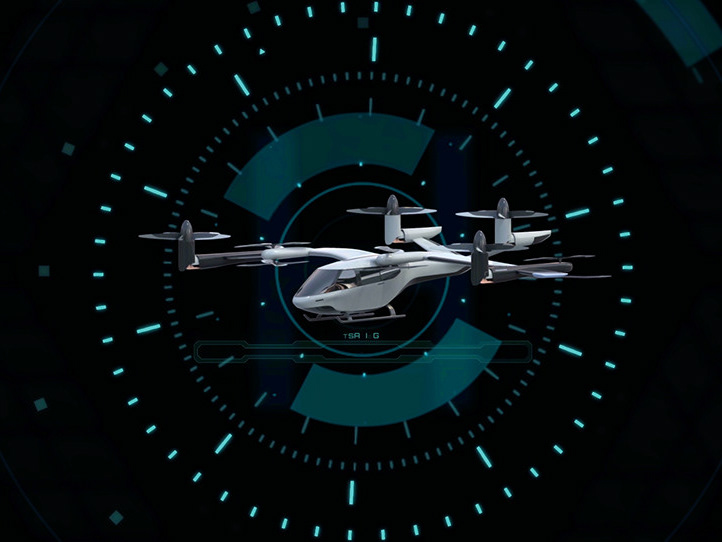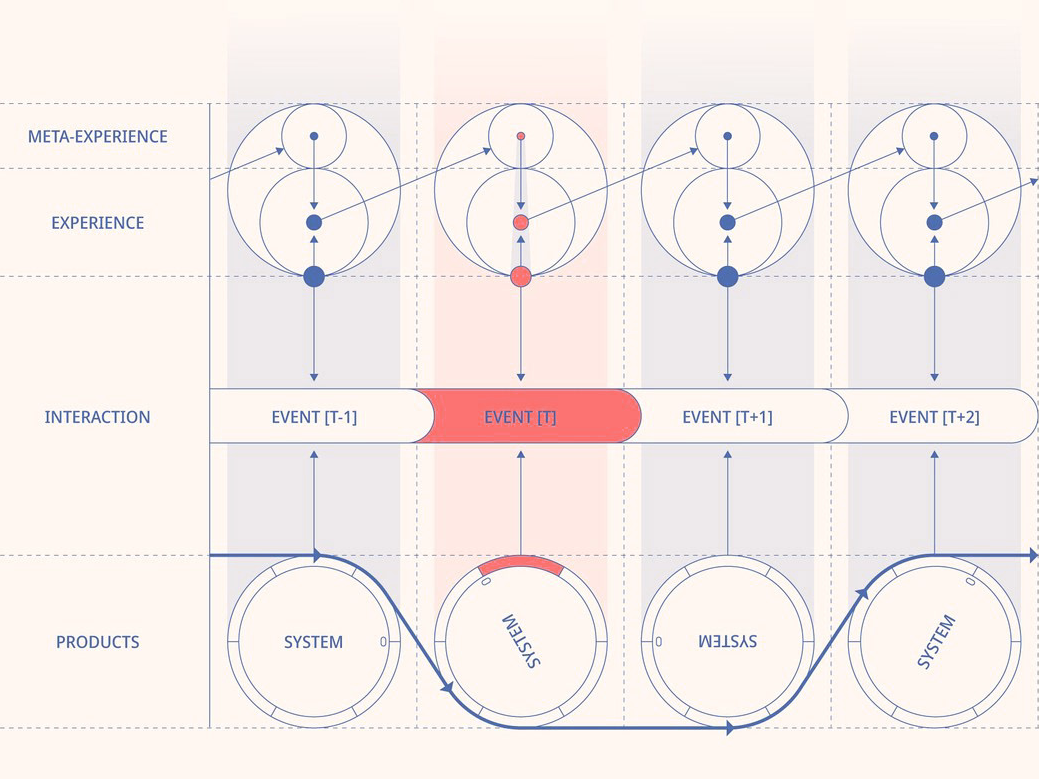THE MYTH OF COMMUNICATION
The forefront line of most exhibition designers is a tall, sturdy rampart of miscommunication. It is the only ideal for all designers to hand a piece of message over the wall. Therefore, when the designers plan an exhibit, they consider how to send the message as much as which message to send.
Compared to any other type of exhibition, there is an old myth of the absolute method to conquer the rampart in art exhibitions: the belief that artworks' utterances are the most effective strategic weapons. Although this belief has never been verified, it has continuously been asserted by some "elite" believers. The movement of building a church for the trust is the same as the movement for maintaining the museums as "the White Cube."
THE TOPOGRAPHY OF LIFE
Imagine a series of "Ants," the statues of Moon Shin, set on the cubic pedestals at the center of a large, bright room. The room would make the statues' silhouettes clearer, and spotlights would sensually slip over the slick surface. Appreciating them is a fascinating aesthetic experience. However, is it possible for the ordinary public to understand the genetic context of the artworks? It is a crucial question to be considered by everybody who plans exhibitions. Then, if the answer is negative, the belief in "the white cube" also should be reconsidered.
<Moon Shin: Toward the Universe> shows a viewpoint that modern art exhibitions should not stay in the concept of "the white cube." In this exhibition, "space" is not only a background making the sensual traits of artworks vivid but also an active device forming the conditions for subjective exhibit experience.
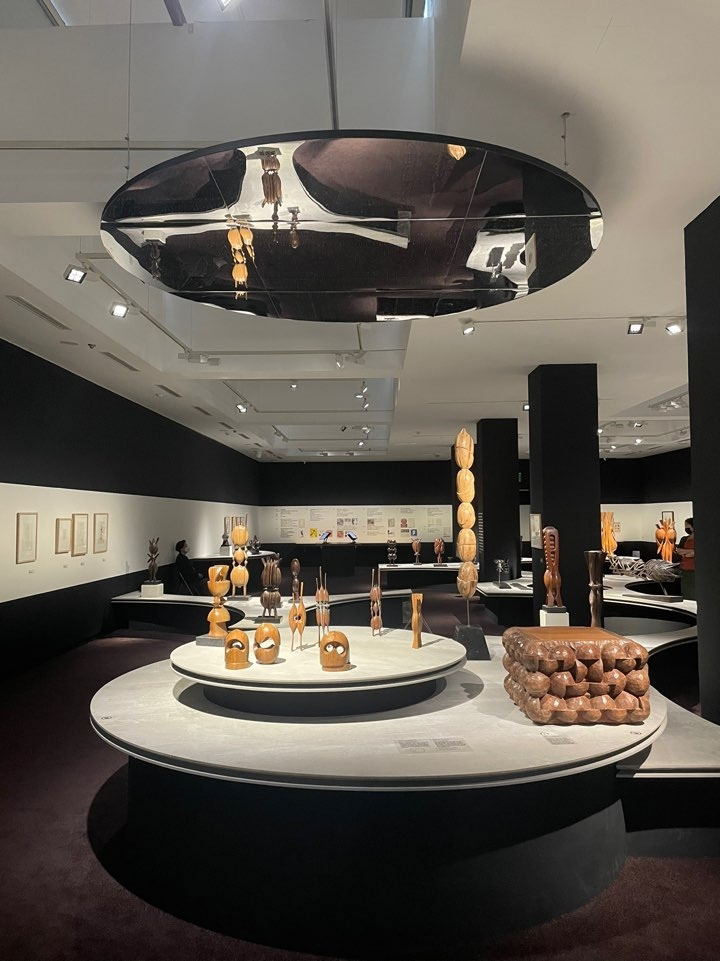
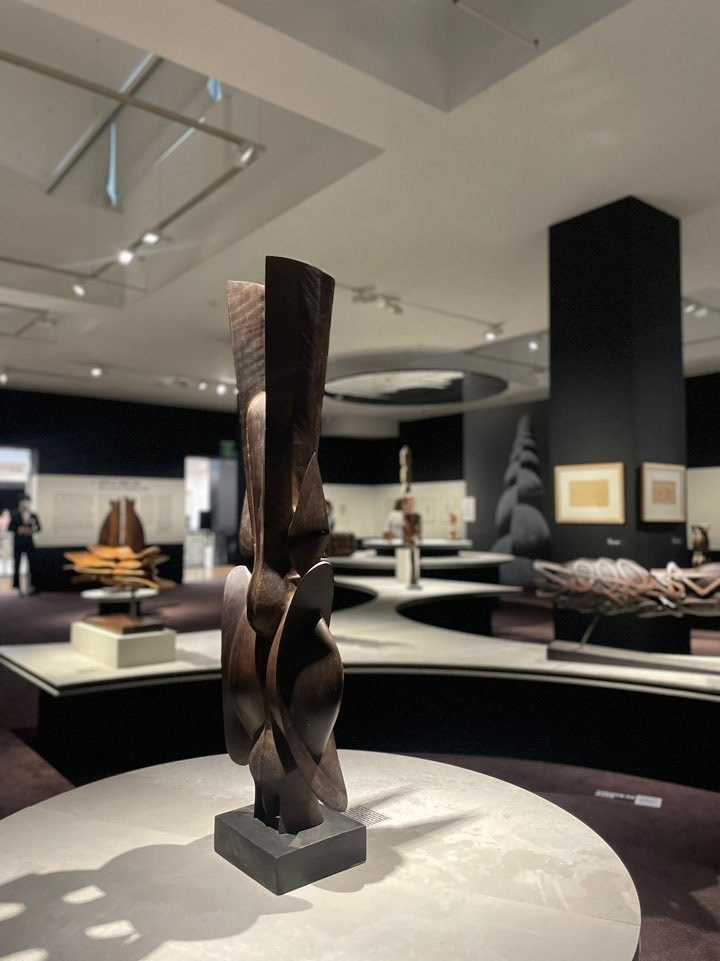
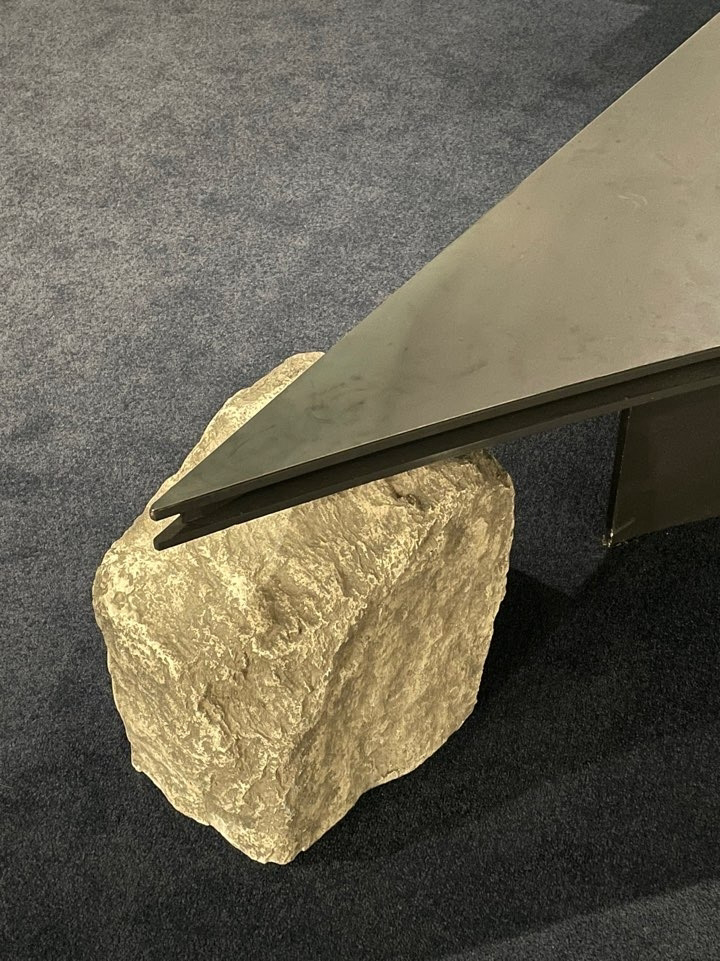
Curved walls and pedestals, tens of statues on there; this unique form places the artworks in the context of the great exploration of the universe and the beginning of life. The artworks on the pedestals look like living things flowering in the gigantic flow of the universe.
The sensual trait, the symmetry slick surfaces of double curvature, powerfully captures the audience's consciousness. These artworks attract us like a red Ferrari on the street. However, this exhibit's form organizes everything together. As a result, audiences can take steps along the context of the artworks' being. The space guides audiences in the way the artist has explored.
TOWARD EXHIBIT COMMUNICATION
Exhibitions are different from other forms of media, like books. Exhibitions are a unique type of communication which is based on space. If an exhibition designer or curator thinks he fulfills his duty by posting a paragraph of wall text next to the entrance, this is an error that comes from his ignorance or indifference. Space works as a media like text does.
Curators reveal the context of artworks through text. Likewise, exhibition designers reveal it through the form of exhibition space or the relationship between artworks and audiences. This is a distinct form of communication compared to the one using text. The form suggests a way of thinking, cheerfully stimulates imagination and softly asks audiences to interpret the artworks. Therefore, if we can fully understand the potential of space and use it, it will lead to the drawing a more enjoyable exhibit experience.
<Moon Shin: Toward the Universe> is not just one of the museum's exhibitions; its suggestion goes over the confine of the exhibition itself. The contemplation and attempts in the exhibit encompass diverse issues that all museums and exhibition directors should consider. The designer of this exhibition has explored and enlightened the space's potential against the inertia of art exhibitions. Consequently, this exhibit defines a new communication relationship between the public and artworks.
Photo & Writing / Seuhyun Oh
